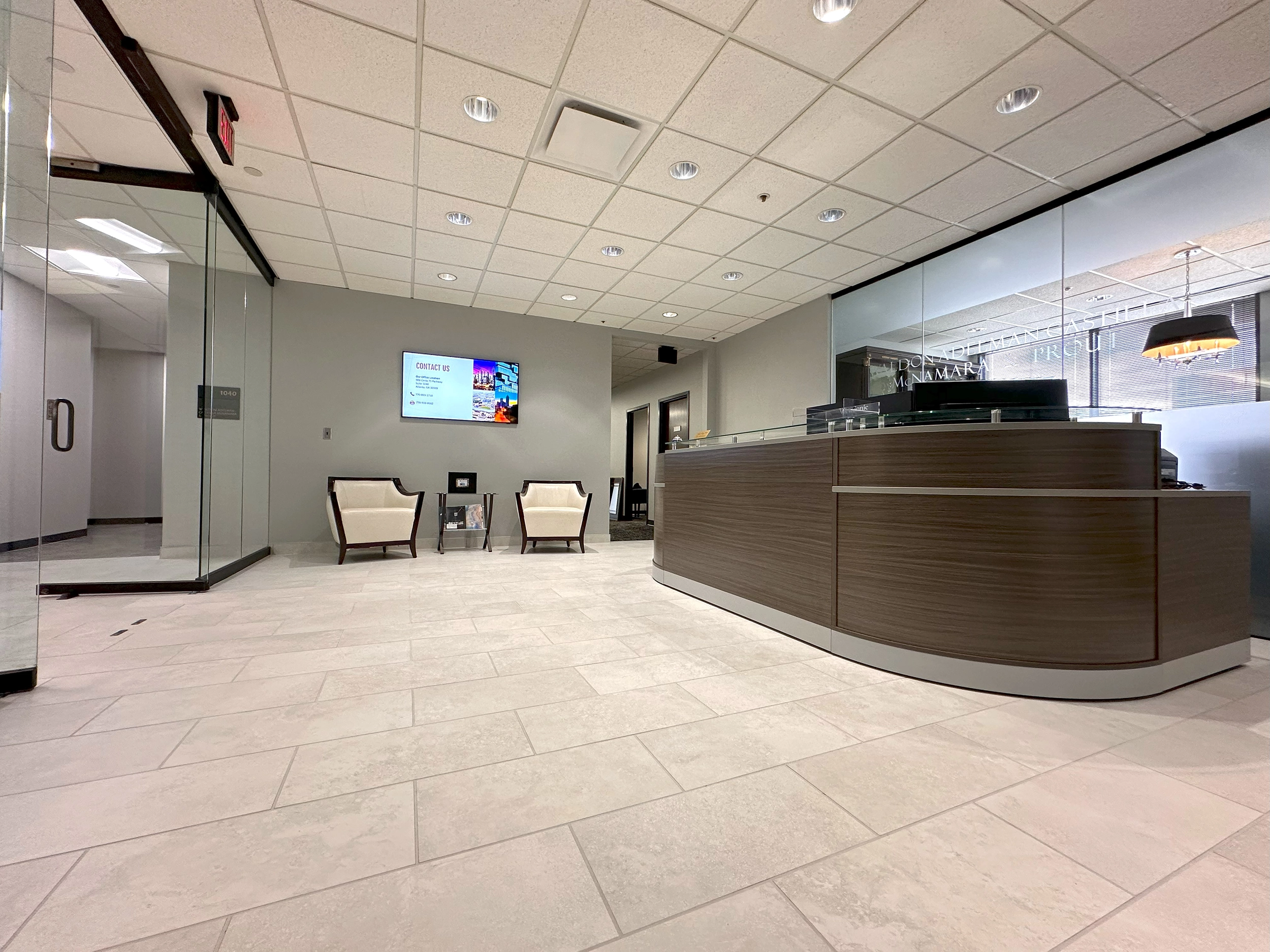Top 10 Commercial Renovation Trends in 2025: Building Smarter, Greener, and More Human-Centric Spaces
The commercial real estate landscape is undergoing a seismic shift. Driven by technological advancements, evolving workplace dynamics, and a heightened focus on sustainability, businesses are reimagining their physical spaces to stay competitive, attract talent, and meet modern consumer expectations. As we approach 2025, commercial renovations are no longer just about aesthetics—they’re strategic investments in productivity, wellness, and brand identity.
From AI-powered smart buildings to biophilic designs that reconnect humans with nature, this article explores the top 10 commercial renovation trends shaping offices, retail spaces, healthcare facilities, and more in 2025.
Net-Zero Energy Buildings: The Rise of Self-Sustaining Spaces
The push toward carbon neutrality is transforming commercial renovations. By 2025, 60% of businesses are projected to prioritize net-zero energy retrofits, according to the World Green Building Council. This involves:
Installing solar panels, geothermal systems, and wind turbines.
Upgrading to energy-efficient HVAC systems and LED lighting.
Using smart sensors to optimize energy use in real time.
Why it matters: Net-zero buildings reduce operational costs by up to 40% and align with global ESG (Environmental, Social, Governance) goals. Companies like Google and Amazon are already leading the charge, retrofitting offices to generate as much energy as they consume.
Hybrid Work Ecosystems: Offices Designed for Flexibility
The post-pandemic era has solidified hybrid work as the norm. In 2025, offices will function as collaboration hubs rather than daily workstations. Key renovations include:
Modular furniture: Mobile desks, retractable walls, and reconfigurable meeting pods.
Tech-enabled “hoteling” stations: Employees book desks via apps, complete with personalized lighting and temperature settings.
Quiet zones: Soundproof booths for focused work.
Example: Salesforce’s “Office of the Future” in San Francisco features unassigned seating, VR meeting rooms, and outdoor workspaces to accommodate flexible schedules.
Biophilic Design: Bringing the Outdoors Inside
Biophilic design—integrating natural elements into built environments—is no longer a luxury. Studies show it boosts productivity by 15% and reduces stress. In 2025, expect:
Living green walls and indoor water features.
Natural materials like reclaimed wood, stone, and cork.
Daylight-maximizing layouts with oversized windows and skylights.
Case study: Amazon’s Spheres in Seattle, an office space with over 40,000 plants, has reduced employee absenteeism by 30% while enhancing creativity.
Smart Buildings Powered by AI and IoT
AI and the Internet of Things (IoT) are revolutionizing facility management. By 2025, 70% of commercial renovations will incorporate smart tech, such as:
Predictive maintenance systems: AI detects HVAC issues before they cause downtime.
Occupancy sensors: Adjust lighting and temperature based on room usage.
Voice-activated controls: Employees personalize environments via Alexa for Business or similar tools.
Benefit: Smart buildings cut operational costs by 20–30% while improving occupant comfort.
Health-Centric Renovations: Prioritizing Wellness
Post-pandemic, health is non-negotiable. Renovations in 2025 will focus on:
Antimicrobial surfaces: Copper-infused countertops and germ-resistant paints.
Advanced air purification: HVAC systems with HEPA filters and UV-C light.
Wellness rooms: Spaces for meditation, yoga, or mental health breaks.
Stat: A Harvard study found that employees in WELL-certified buildings report 30% fewer sick days.
Adaptive Reuse: Repurposing Old Spaces for New Needs
With urban space at a premium, companies are converting outdated structures into modern hubs. Think:
Warehouses turned into coworking spaces.
Abandoned malls transformed into mixed-use offices and retail.
Historic buildings updated with seismic retrofits and energy-efficient systems.
Why it’s trending: Adaptive reuse is 20% cheaper than new construction and appeals to eco-conscious consumers.
Inclusive Design: Spaces for All Abilities
Inclusivity is now a legal and moral imperative. Renovations will emphasize:
ADA-compliant layouts: Wider doorways, ramps, and tactile flooring.
Universal design principles: Adjustable-height desks, braille signage, and sensory-friendly lighting.
Impact: Inclusive spaces attract diverse talent and customers while reducing litigation risks.
Resilient Materials: Preparing for Climate Change
Extreme weather is forcing businesses to “future-proof” their properties. In 2025, renovations will prioritize:
Flood-resistant flooring: Polished concrete and waterproof vinyl.
Fire-retardant insulation: Protecting against wildfires.
Hurricane-rated windows: Common in coastal regions.
Example: Miami’s Brickell City Centre uses storm-resistant glass and elevated structures to combat rising sea levels.
Experiential Retail: Merging Physical and Digital
Brick-and-mortar retail isn’t dying—it’s evolving. By 2025, stores will become immersive brand experiences through:
AR fitting rooms: Shoppers “try on” clothes digitally.
Interactive displays: Screens that recommend products based on customer preferences.
Social media-ready backdrops: Bold murals and LED walls for user-generated content.
Success story: Nike’s House of Innovation in NYC uses RFID tags to customize in-store experiences, boosting sales by 25%.
Circular Economy Principles: Zero-Waste Renovations
The circular economy—reusing materials to minimize waste—is reshaping construction. Key strategies for 2025:
Deconstruction over demolition: Salvaging materials like steel, glass, and timber.
Recycled finishes: Countertops made from repurposed plastic or glass.
Leaseback programs: Furniture manufacturers reclaim and refurbish old items.
Stat: The Ellen MacArthur Foundation estimates circular practices could save the construction industry $1 trillion annually by 2030.
The Future of Commercial Spaces Is Human-Centric
The commercial renovations trends of 2025 reflect a broader cultural shift: Spaces must serve people, not just profits. Whether through biophilic design that nurtures mental health, AI systems that streamline efficiency, or inclusive layouts that welcome everyone, businesses are recognizing that their physical environments are critical to their success.
Investing in these trends isn’t just about staying modern—it’s about future-proofing your business. Companies that embrace smart, sustainable, and human-centric renovations will attract top talent, foster innovation, and build resilience in an unpredictable world.
The question isn’t if you should renovate, but how quickly you can adapt.
Occupied Renovations specializes in cutting-edge commercial renovations that align with 2025’s top trends. Contact us to transform your space into a beacon of innovation, sustainability, and productivity.

